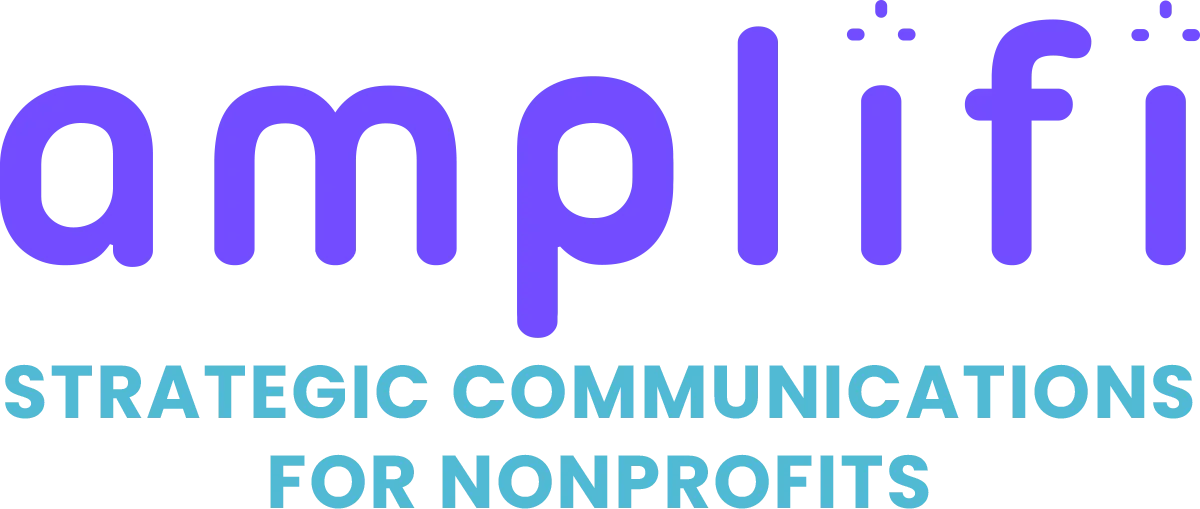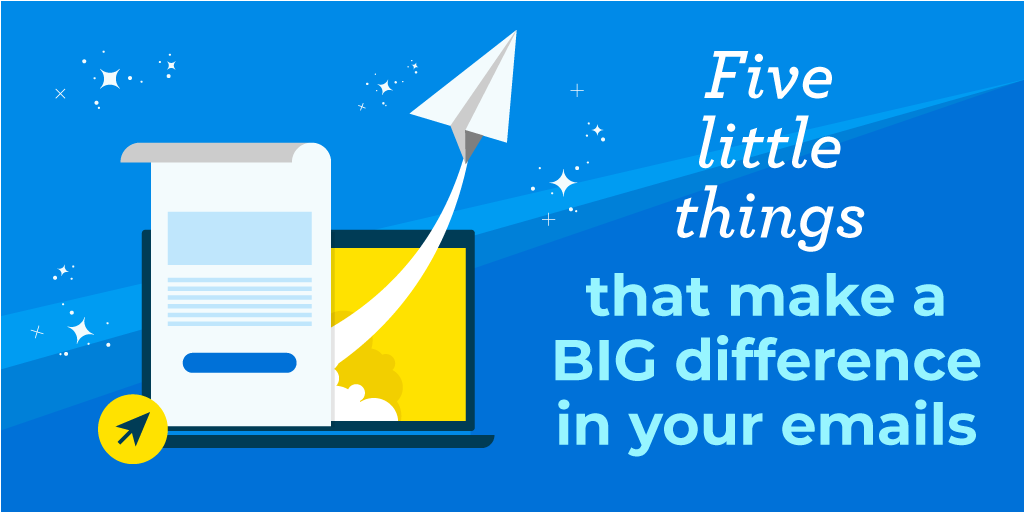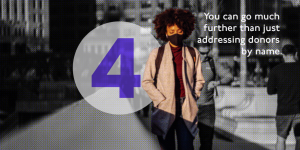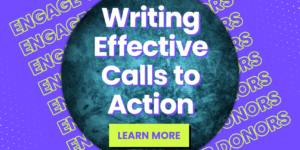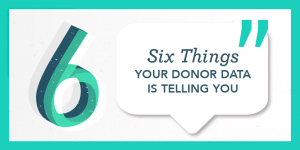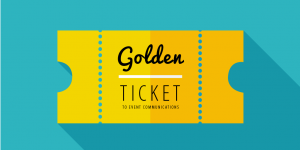You don’t need us to tell you how hard it can be to get your nonprofit’s email campaign to stand out in an over-crowded world. The average office worker in the United States receives 121 emails per day. Almost half of those are considered spam. It’s important to develop a thorough strategy for your emails if you want to raise more money.
If you’ve taken the advice for building stronger email campaigns in our posts on data-driven emails and developing more engaging email content, you’re on the right track! In those posts, we mentioned that you can’t just apply a quick fix and pray that it revitalizes your entire digital strategy.
That doesn’t mean that small adjustments and little tips don’t have their place in your nonprofit’s email campaigns. But It’s important to first build a strong foundation. Once you have those pieces in place, you can take smaller steps that can improve your open rates, click-through-rates, and in the end, donations.
1. Mobile Optimization
Remember, 54 percent of nonprofit emails are opened on a mobile device. Planning and implementing a mobile-first strategy can give your digital fundraising a significant boost!
You want your audience to get your point and take action without having to pinch, zoom, and scroll around the page. It’s essential that users can move seamlessly from their inbox to your donation page. Anything you can do to make that process easier will benefit your organization and fundraising capacity.
Most email hosting services know how important mobile optimization is. So, they offer a mobile preview feature in addition to the traditional desktop view. Using this tool can help ensure that your emails read well on a small screen.
However, these programs vary and may not account for other factors that contribute to mobile friendliness. Luckily there are some easy ways you can optimize your nonprofit’s email campaigns for mobile users on your own!
For example, condensing the size of images in your emails and your donation page will drastically improve load speed. According to a report by Think with Google, 53 percent of visits are likely to be abandoned if pages take longer than 3 seconds to load. Fast load times are crucial to make sure donors follow through on your nonprofit’s email campaign.
There are other ways to make sure the giving process is as easy as possible for your donors. Try enlarging your CTA buttons so they can’t be missed. The action you want donors to take should be clear and straightforward. So, save the in-text links for your desktop versions. They can be a real pain to click on a small screen.
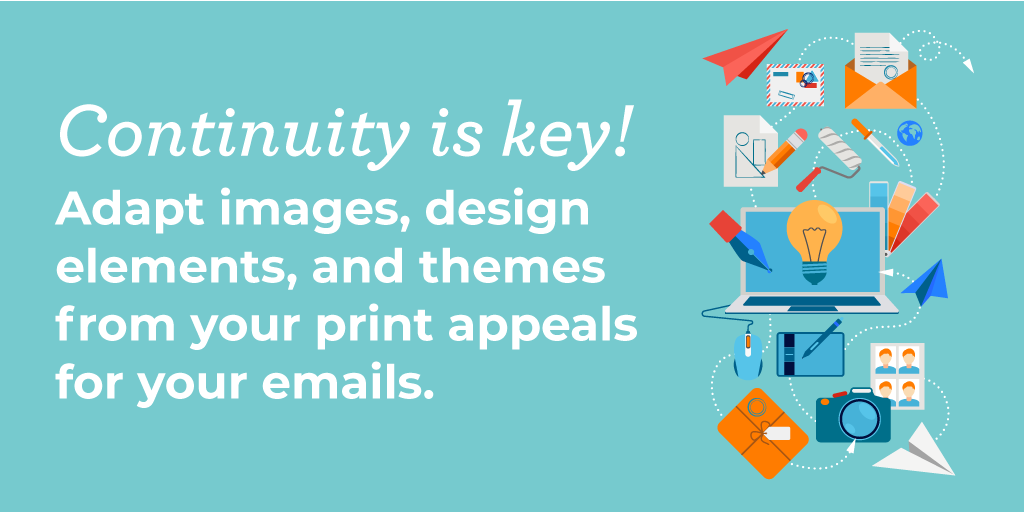
2. A Sense of Style
Your emails should have a certain feel to them. However, every type of email shouldn’t give off the same vibe. Thank you emails, appeals, e-newsletters, and announcements should all have a distinct feel to them.
For example, your e-newsletter lends itself well to a unique design, images, and a sidebar with links to other content. But you wouldn’t take this approach to a thank you email. Instead, consider ditching the fancy layout in your thank you messages. An email that feels like it was typed at someone’s desk moments before pressing send makes donors feel like they are being acknowledged on an individual level.
Don’t be afraid to borrow from your print design in your email appeals. You can help connect the dots for donors by repurposing images, design, and themes from your print appeal in your email asks.
3. All About Timing
Have you taken the time of day that you launch your nonprofit’s email campaign into consideration? Believe it or not, this can have a significant impact on how many people will open your email and how thoroughly they will engage with it.
We find that 11 a.m. is generally a good time to send emails. With any luck, your donors will sit down for lunch around noon, see your message, and have a few free minutes to give it a read.
However, like anything else in fundraising, there is no uniform approach that works for every organization. It’s important to test, see what your donors prefer, and use that data to drive your strategy. If many of your donors take public transportation to work and catch up on emails on the way home, they might respond well to late day emails.
There are several factors that can influence what time of day is best for you. For example, it’s important to consider if most of your contacts are business or personal emails. But even if you find a sweet spot, you still don’t want to send every email at the same time of day! Adding some variety can help you engage with different audiences within your donor base.
4. Who’s it From?
You might find success by experimenting with who is listed as the email sender. Using a real person, rather than your organization itself makes the recipient feel less like one name out of thousands on an email list.
Consider sending your emails from someone who the recipient is already familiar with. For example, emails to your major donors can come from your major gifts officer. Those who have volunteered in the past can receive emails from your volunteer coordinator.
You might also consider sending the email from someone who’s not employed by your organization at all! Emails from high-level donors, well-known volunteers, or the people who your organization benefits are a great way to provide some variety in your email campaigns.
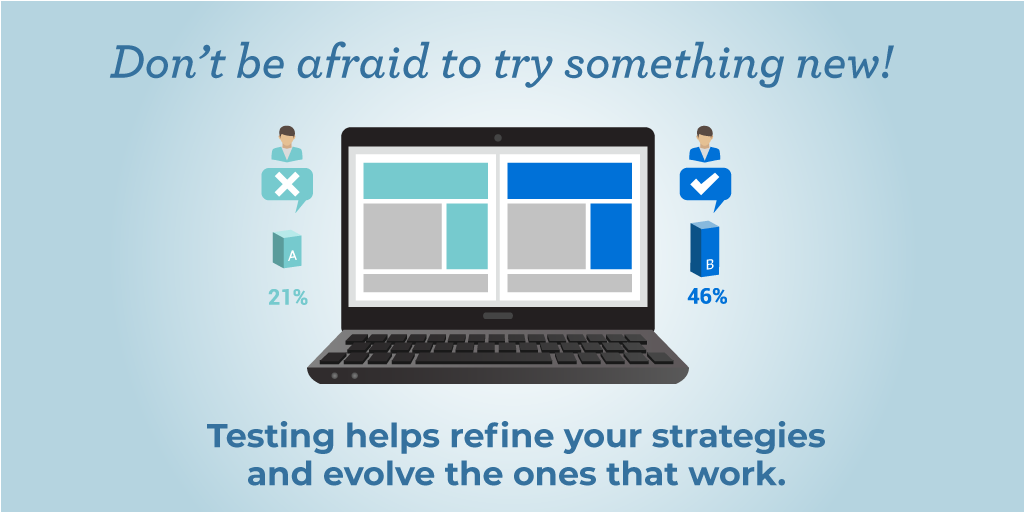
5. Consistent Evolution
If you try any of the ideas we mentioned earlier and it doesn’t work out, don’t panic! There is no one size fits all in fundraising. A strategy that doubles one organization’s revenue may only have a marginal impact for another. It’s important to test, analyze, and adjust as often as you can.
But just because something works once, doesn’t mean it will yield the same results 50 emails later! You need to keep things fresh to keep donors on their toes, so they are always excited the next time you reach out.
The important thing here is to keep detailed records of every new thing you try in your outreach. Take notes of what worked well and what didn’t. More importantly, keep track of specific donors and donor segments and how they respond to these changes. This will help you build more relevant messages for each donor so you can communicate with them more effectively in the future.
But you will never know what you can improve on if you don’t try something new! Don’t stagnate. Aim higher and do something different almost every time you launch a new campaign.
Building Stronger Emails
It takes a lot more than a few quick changes to build a truly engaging email strategy that gets results. That’s why it’s so important to have a strong foundation for your emails, based on strong content and supported by data before taking the next step.
There’s an endless number of small tweaks you can make to create more effective emails. It’s important to always be looking with a critical eye to help get you new ideas.
The next time one of the organizations you support reaches out, take note of how they handle their email strategy. What really stands out to you? What did you like, or not like? While we’re confident in the tactics we covered in this post, there’s no way we could have covered everything! As always, keep experimenting and find out what works best for your nonprofit.
